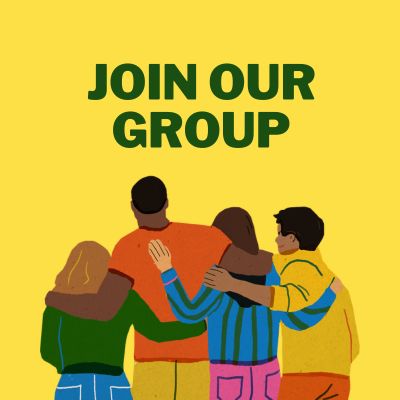Traditional Sports and Games: Reviving Physical Fitness and Recreation
In a world dominated by technology and sedentary lifestyles, traditional sports and games have taken a backseat. However, there is a growing movement to revive these ancient forms of physical activity, recognizing their cultural significance, social benefits, and contribution to overall well-being. In this blog, we will explore the importance of reviving traditional sports and games, highlighting how they promote physical fitness and recreation while preserving cultural heritage.
Preserving Cultural Heritage
Traditional sports and games have deep cultural roots, often spanning centuries and reflecting the values, traditions, and identities of communities. By reviving these activities, we ensure the preservation of cultural heritage for future generations.
Through the practice of traditional sports, young people can connect with their cultural roots, fostering a sense of pride and identity. Furthermore, reviving these sports and games helps prevent their disappearance and ensures the transmission of cultural knowledge from one generation to the next.
Physical Fitness and Health Benefits
Traditional sports and games offer a wide range of physical fitness and health benefits. Many of these activities require agility, strength, endurance, and flexibility, contributing to overall fitness levels.
By engaging in traditional sports, individuals can improve cardiovascular health, build muscle strength, enhance coordination, and develop better motor skills. Unlike modern sports, traditional sports often involve a variety of movements and body postures that promote balanced physical development.
Moreover, traditional sports and games encourage people to be physically active in a fun and engaging manner. They provide an alternative to conventional exercise routines, making physical fitness more accessible and enjoyable.
Traditional sports often incorporate natural elements, such as running in open fields, climbing trees, or swimming in rivers, providing a closer connection to nature and promoting a healthy lifestyle.
Social Benefits and Community Building
Reviving traditional sports and games also fosters social benefits and community building. These activities are often played in groups or teams, promoting teamwork, cooperation, and camaraderie. In contrast to solitary indoor activities, traditional sports and games encourage face-to-face interaction and social bonding.
Communities can organize local tournaments and competitions, bringing people together and strengthening social connections.
Traditional sports and games also serve as a platform for intergenerational interaction. Elderly individuals who grew up playing these games can pass down their knowledge and skills to younger generations, creating a bridge between different age groups. This exchange of wisdom not only promotes cultural continuity but also strengthens family and community ties.
Conclusion
Reviving traditional sports and games is not only about preserving cultural heritage but also about promoting physical fitness, health, and social well-being. By engaging in these activities, individuals can reconnect with their roots, enhance their physical fitness, and build strong social connections.
Governments, communities, and individuals should actively support the revival of traditional sports and games, organizing events, providing resources, and promoting their benefits. Let us celebrate the richness of our cultural heritage and embrace the joy of physical activity by reviving traditional sports and games.

